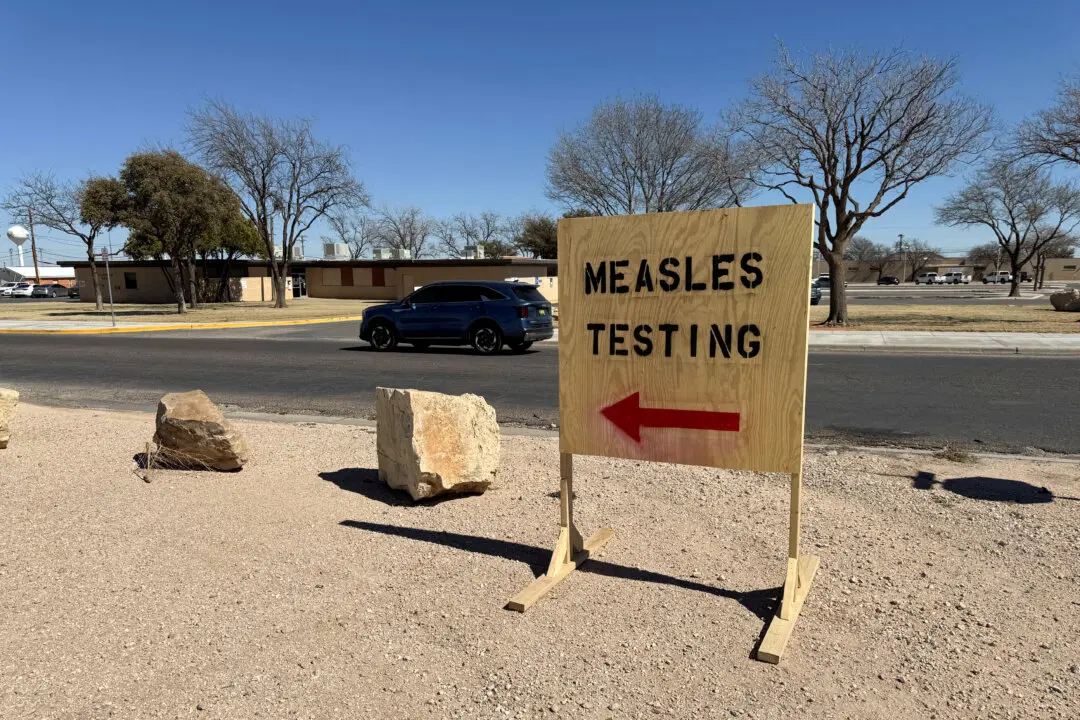The three major U.S. stock indexes opened sharply lower on the morning of April 21 amid ongoing White House negotiations on tariffs and as President Donald Trump again called on the Federal Reserve to lower interest rates.
As of 12:30 p.m. ET, the Dow Jones Industrial Average was trading more than 1,000 points lower, or about 2.5 percent lower. The Nasdaq dropped by 2.0 percent, or more than 450 points, and the S&P 500 shed 2.7 percent. Wall Street’s “fear gauge,” the CBOE Volatility Index, was up around 13 percent.
“With these costs trending so nicely downward, just what I predicted they would do, there can almost be no inflation, but there can be a SLOWING of the economy unless [Federal Reserve Chair Jerome Powell] lowers interest rates, NOW,” the president wrote, adding that Europe has lowered its rates already on multiple occasions.
In remarks on April 16, Powell said that the Fed is waiting for “greater clarity” before it considers any adjustments to interest rates.
“Markets are struggling with a lot of uncertainty and that means volatility,” Powell said. “But having said that, markets are functioning. ... They’re orderly, and they’re functioning just about as you would expect them to function.”
Trump’s comment came after White House economic adviser Kevin Hassett said on April 19 that the president and his team would study whether removing Powell was an option, which came a day after Trump said that the Fed chairman’s “termination cannot come fast enough.”
Officials in the Trump administration have argued that courts and Congress cannot interfere in his efforts to terminate officials at different federal agencies or boards, which may include the Federal Reserve.
U.S. tariffs have continued to have ongoing impacts, with the Chinese communist regime warning other countries not to strike deals with the United States that will impact China.
On April 10, Trump announced a 90-day pause on higher, reciprocal tariffs for nearly every country except China, while keeping a baseline 10 percent tariff on most countries. At the same time, the Trump administration raised import taxes on the country to 145 percent, while Beijing has responded with 125 percent rates on U.S. imports.
“Everyone is coming to the table,” he told the outlet, “and basically, China’s surrounded.”
Meanwhile, Trump has said that using tariffs will yield more wealth for the United States, though earlier this month, he announced a 90-day pause on most tariffs to give partners time to hash out fairer trade agreements with America.







